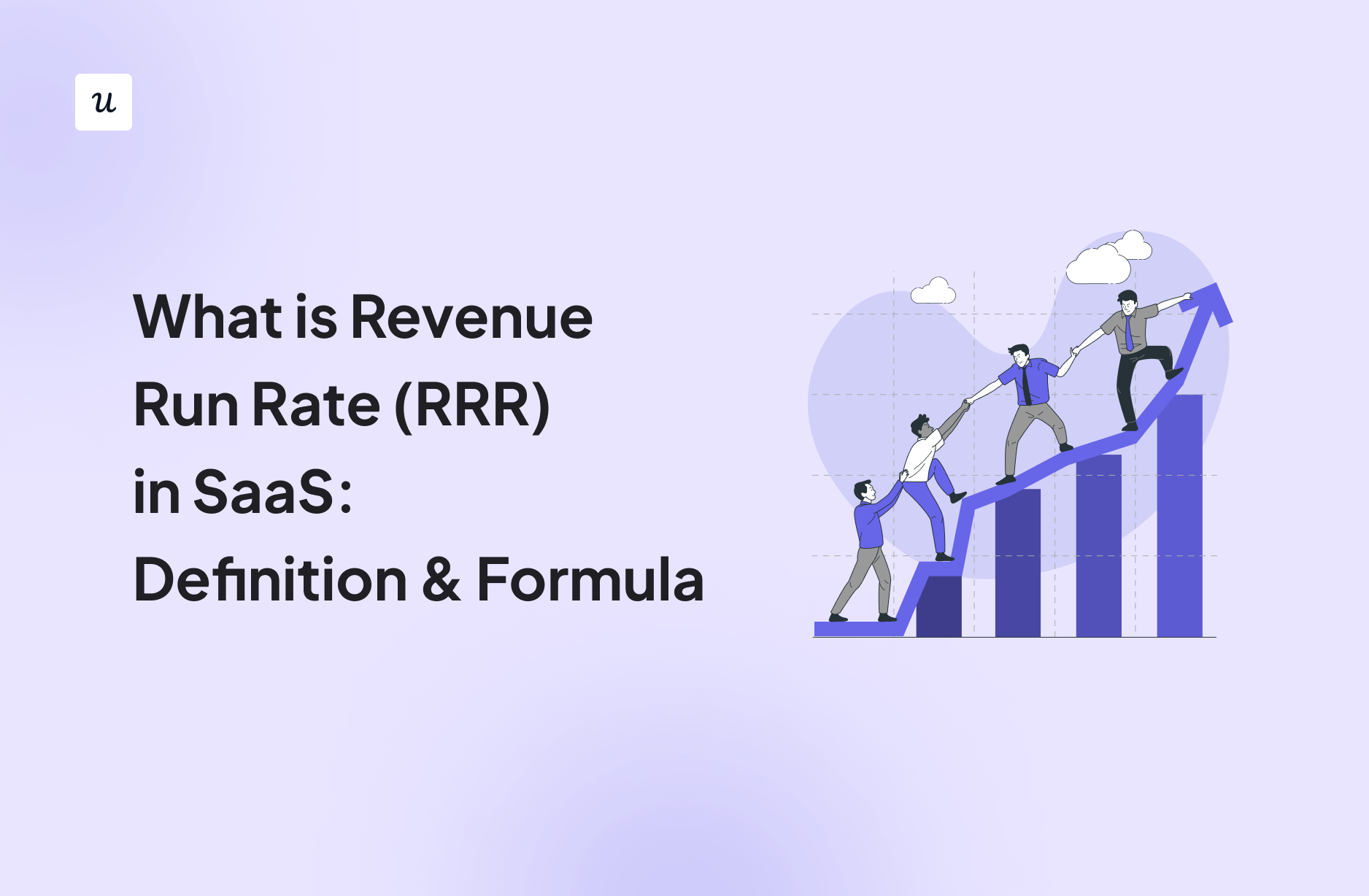
What is Revenue Run Rate Definition & Formula2 min read
Revenue run rate (RRR) is one of the simplest metrics for developing a sound business strategy. When used right, it helps SaaS companies analyze and understand their current performance and forecast annualized revenue.
If you are a startup founder, understanding revenue run rate can help you predict growth rate even with limited data. It can also reveal your company’s performance to current and potential investors and provide clarity about whether you are achieving your key objectives through your products and services.
This article will discuss what revenue run rate is, how you can calculate it, its limitations, and practical applications of this valuable metric.
Get The Insights!
The fastest way to learn about Product Growth, Management & Trends.
TL;DR
- Revenue run rate is a forecasting technique used to estimate the revenue of a business over some time.
- You can calculate the run rate by multiplying the revenue in a period by several periods in a year.
- Revenue run rate calculates any revenue, while actual recurring revenue measures recurring revenue over one year.
- Monthly recurring revenue measures recurring revenue from customers on a month-by-month basis.
- The disadvantages of using revenue run rates include seasonal fluctuations, churn rates, new product releases, and one-time sales revenue.
- The revenue run rate is ideal for new businesses, growth and scaling, and evaluating changes.
What is the revenue run rate (RRR)?
Revenue run rate is a financial metric used to project a company’s revenue over a period (usually a year) based on past revenue data. In other words, it is the estimated future performance of a company.
It allows investors to use the company’s current performance to gain insight into the potential future revenue and trajectory of the business.
How to calculate revenue run rate
Calculating the revenue run rate is pretty straightforward. Take your current revenue data over a period of time, let’s say one month. Multiply the value by 12 to get the estimated revenue run rate calculation for an entire year.
You can calculate revenue run rate weekly, fortnightly, monthly, quarterly, and annually.




